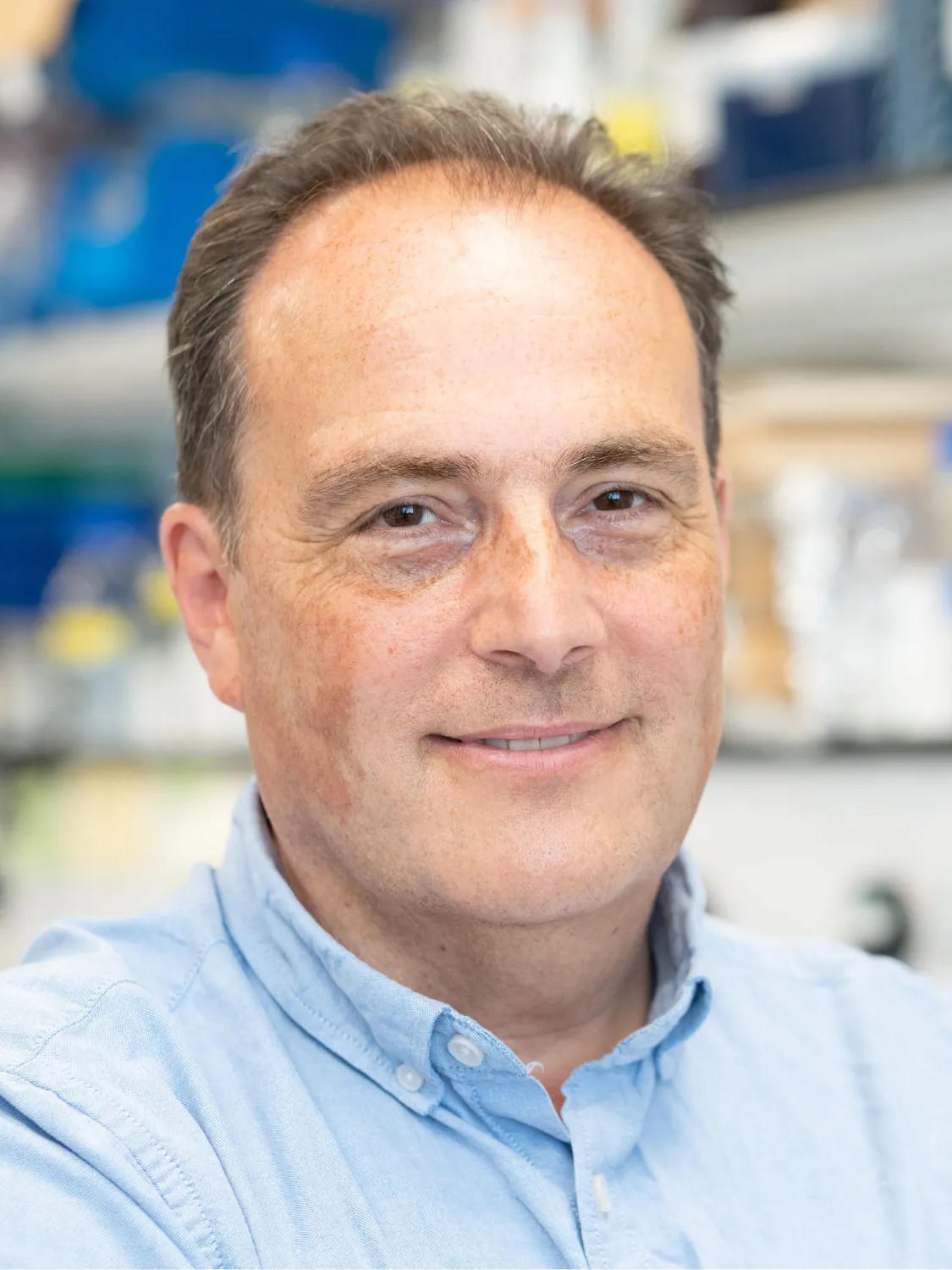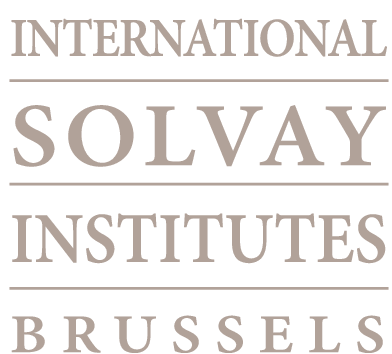
2025 International Solvay Chair in Biology
Benjamin Simons
University of Cambridge, United Kingdom
Biography
Benjamin D. Simons is Director of the Gurdon Institute at the University of Cambridge. After graduating in Cambridge with a PhD in theoretical physics, he undertook postdoctoral training at Massachusetts Institute of Technology. In 1995, he returned to Cambridge as a lecturer in the Cavendish Laboratory, Department of Physics, becoming appointed to a personal chair in 2002. Currently, he holds the Herchel Smith Chair in Physics and a Royal Society EP Abraham Professorship in the Department of Applied Mathematics and Theoretical Physics. His research integrates experimental, mathematical and computational approaches to study mechanisms of cell fate in epithelial tissues, using mouse genetics and 3D organ cultures. His research spans a wide range of topics, from the mechanisms that regulate the development, maintenance, and regeneration of epithelial tissues to how these programmes become dysregulated in the transition to diseased and cancerous states. He is a Fellow of the UK’s Academy of Medical Sciences and a Fellow of the Royal Society.
Inaugural Lecture
Bringing physics to life
Solvay Room on December 1st at 04:00 pm
From wave-like excitations of atoms in solids to dissipationless transport in superfluids, complex interactions at the microscale often translate into new emergent behaviours at the macroscale. A triumph of 20th Century physics was to understand how such collective phenomena can be encapsulated within the framework of minimal “coarse-grained”, hydrodynamic theories. As well as being fundamental in their own right, such phenomenologies provide a common mathematical language to understand cooperative behaviours across a broad range of physical contexts. But does this approach translate to biology? In contrast to physics, the focus in biology is on evolved systems driven far from equilibrium –a hallmark of living systems– where the applicability of such approaches is not guaranteed. Yet, by placing emphasis on the behaviour of statistical ensembles, be they molecules, cells, tissues or communities, concepts from physics can provide a language to address emergent phenomena in biological systems. Here, using case studies from gene silencing memory, stem cell biology and the morphogenesis of branching tissues, I will show how approaches from statistical physics and dynamical systems can provide mechanistic insights into biological processes, from the molecular and cellular to the tissue and organ scale.
COFFEE AND TEA WILL BE SERVED AT 3:45 P.M AND DRINKS AT 5:00 P.M. IN FRONT OF THE SOLVAY ROOM
In addition, several seminars will be organised on the morning of 1 December (ULB, Campus Plaine, Building NO, 5th Floor, Salle Solvay).
11:30 Aurore Woller (ULB): Immunity and competition between bacteria in the gut
12:10 Nikita Frolov (KUL): Beyond Arrhenius: embracing complexity behind temperature scaling of biological processes
02:20 Paul Van Liedekere (UGent) Agent-based modelling for multicellular systems: overview and some examples
Other Lectures and visits
December 10th-12th
VIB (Leuven)
